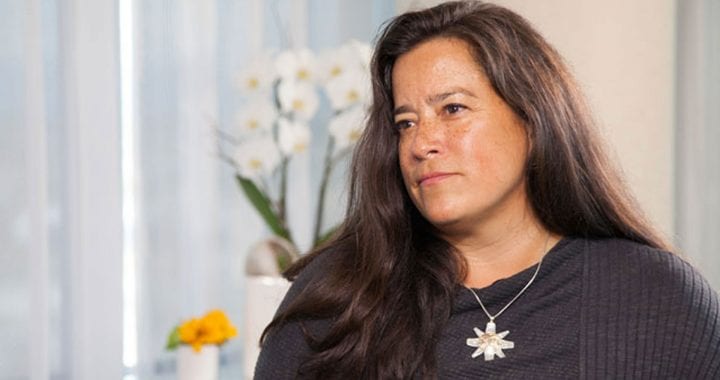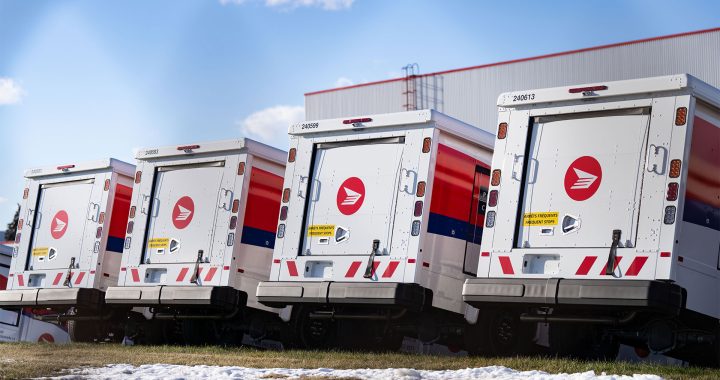Julien Gignac
APTN National News
Included in each party platform are pledges to Indigenous communities—some more comprehensive than others.
The Conservatives, which signalled the earliest election since 1872 when Sir John A. Macdonald defeated the Liberals, say its platform will be disclosed as the campaign continues.
The Economic Action Plan 2015 contains fiscal policies in place that relate to Indigenous issues. According to Aboriginal Affairs and Northern Development Canada’s website, the Conservative Party will contribute:
- $567-million over five years for Aboriginal people and northerners to help build stronger communities.
- $30.3-million over five years to bolster economic potential on reserves through land management laws.
- $200-million over five years toward achieving better education outcomes.
- $500-million dedicated to construction and renovation of schools.
- $215-million toward skills and development training for Aboriginal peoples.
Conservative Party leader Stephen Harper did not attend the Assembly of First Nations’ Annual General Assembly in July, nor the final Truth and Reconciliation Commission event.
Liberal Party
The Liberal Party’s Indigenous platform can be found on its website. The “Renewed Partnerships for a Stronger Canada” category explores the party’s Aboriginal pledges:
- Rekindle a nation-to-nation relationship.
- Implement all 94 Truth and Reconciliation Commission recommendations, beginning with the United Nations Declaration on the Rights of Indigenous Peoples.
- Launch a national inquiry into missing and murdered Indigenous women.
- Funding to preserve and protect Indigenous languages.
- $2.6-billion toward First Nations schooling during the next four years.
- $500-million over three years for immediate First Nations education infrastructure
- $50-million given to post-secondary students every year.
- Ensure First Nations control over First Nations education.
- Provide equitable funding for child and family services on reserves.
- Removal of two per cent funding cap for First Nations programs.
- Repeal changes to the Elections Act.
- Create a Federal Reconciliation Framework, which will help settle land claims and treaties.
- Review legislation applied by the Conservative government on Indigenous peoples.
- Revival of the Kelowna Accord.
- Fund the federal share of a new road for Shoal Lake 40 First Nation in Ontario.
During the first federal leaders debate, Liberal Party leader Justin Trudeau said Harper “hasn’t been working with First Nations on the kinds of partnerships that are needed if we’re going to continue to develop our natural resources.”
Trudeau attended the Assembly of First Nations’ Annual General Assembly in July and spoke about his upcoming campaign.
Green Party
The Green Party of Canada has come up with a distinct “Aboriginal policy” included in its “Vision Green” platform:
- Uphold the United Nations Declaration on the Rights of Indigenous Peoples.
- Support the restoration of the Kelowna Accord.
- Launch inquiry into missing and murdered Indigenous women.
- Honour treaty rights and inherent rights of self-government.
- Develop an Aboriginal Lands and Treaties Tribunal Act.
- Establish land claims agreements.
- Review current federal policies on self-government.
- Implement recommendations found in the 1996 Report of the Royal Commission on Aboriginal Peoples.
- Increase education opportunities for First Nations by eliminating the 2 per cent cap.
- Uphold the Sparrow decision, the Haida decision and the Tsilhqot’in decision.
- Legislate hunting and logging rights for Indigenous peoples on traditional lands.
- The disposal of the Indian Act if enough pressure mounts from First Nations.
Green Party leader Elizabeth May said during the federal leaders debate that “vote abandoning is much bigger problem than vote-splitting and we’re going to do everything we can to reach out to young people, First Nations and those disadvantaged by the Conservative Fair Elections Act to get out a higher level of vote, so that Greens can win in the current system, but that so Canada wins with a healthier democracy.”
May also mentioned the creation of a Council of Canadian Governments, which would include “federal, provincial, territorial, representation from municipal and local governments as well as First Nations, Metis and Inuit around the same table.”
NDP
Like the Conservatives, the New Democrats are taking the slow reveal approach, introducing different aspects of their platform as the campaign progresses.
NDP MP for Churchill—Keewatinook Aski and Aboriginal Affairs critic Niki Ashton provided APTN with the current NDP commitments to Indigenous peoples.
They are as follows:
- Working with Indigenous communities on a nation-to-nation basis.
- Committed to calling a national inquiry into missing and murdered Indigenous women during the first 100 days of winning government.
- Implement the United Nations Declaration on the Rights of Indigenous Peoples.
- Consult and act on the findings of the Truth and Reconciliation Commission.
- Improving infrastructure, such as housing, roads and drinking water on First Nations reserves.
- Address the education deficit that’s left 74 per cent of First Nations schools in need of major repairs.
- Upholding treaty rights and inherent rights by designing a cabinet committee, directed by Mulcair.
- Become a partner in building a road for Shoal Lake 40 First Nation.
The NDP currently has 16 candidates that are Indigenous and possibly more, said Ashton.
When speaking about different energy projects and environmental laws during the first federal leaders debate, NDP leader Thomas Mulcair attacked Harper. He said: “Instead of dealing with First Nations on a respectful, nation-to-nation basis, he spends $100-million a year fighting them in court. We’ll take a different approach. We’ll work with First Nations. It’ll be a new era in relations with First Nations because they are the rulers in a lot of these cases.”
Mulcair also attended the Assembly of First Nations’ Annual General Assembly in July and made election promises then.










